- Indonesia is home to many majestic wild animals that are now teetering on the edge of extinction.
- Among the most unique fauna found in Indonesia is the Komodo dragon. While they don’t breathe fire, they pack enough venom to inhibit blood clotting, cause massive blood loss, and put its victim in shock with just one bite.
- The Bali starling, endemic to Bali in Indonesia, is known for its beautiful pure white plumage and blue mask-like streak around its eyes. Decades of poaching has made the species critically endangered.
- Another endangered animal that can be found in Indonesia is the Anoa also known as the dwarf buffalo called such for its small size. They are tiny compared to their relatives at only 75 cm tall.
Komodo Dragon
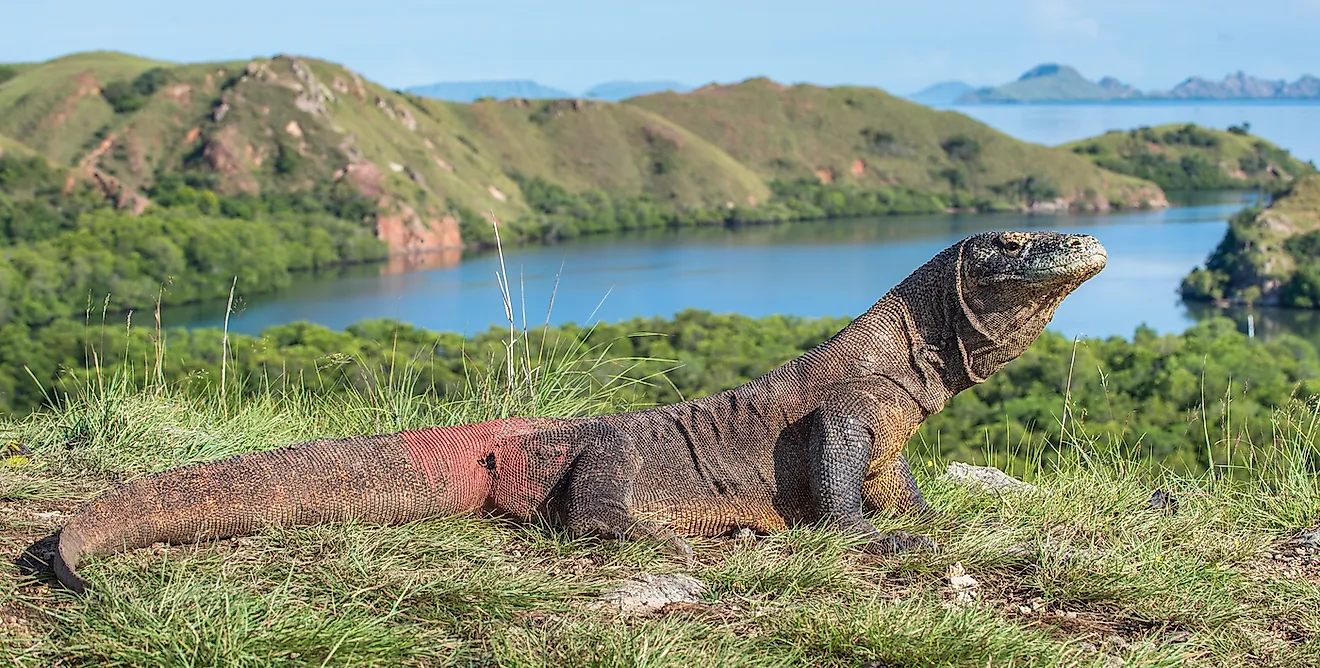
These colossal lizards considered the largest and heaviest lizards on Earth, can grow as big as 10 feet long and can weigh as heavy as 330 pounds. They are believed to have been roaming the lanet for millions of years. Now you can spot them in the Komodo National Park, Rinca, and some areas of Flores Island in Indonesia. The Komodo dragon might not breathe fire like the mythical ones you see in stories but they are just as menacing. Aside from their sharp claws and serrated teeth, these giant lizards have venom glands that pack enough toxins to cause massive bleeding, prevent clotting, and induce shock with just one bite.
Sumatran Orangutan
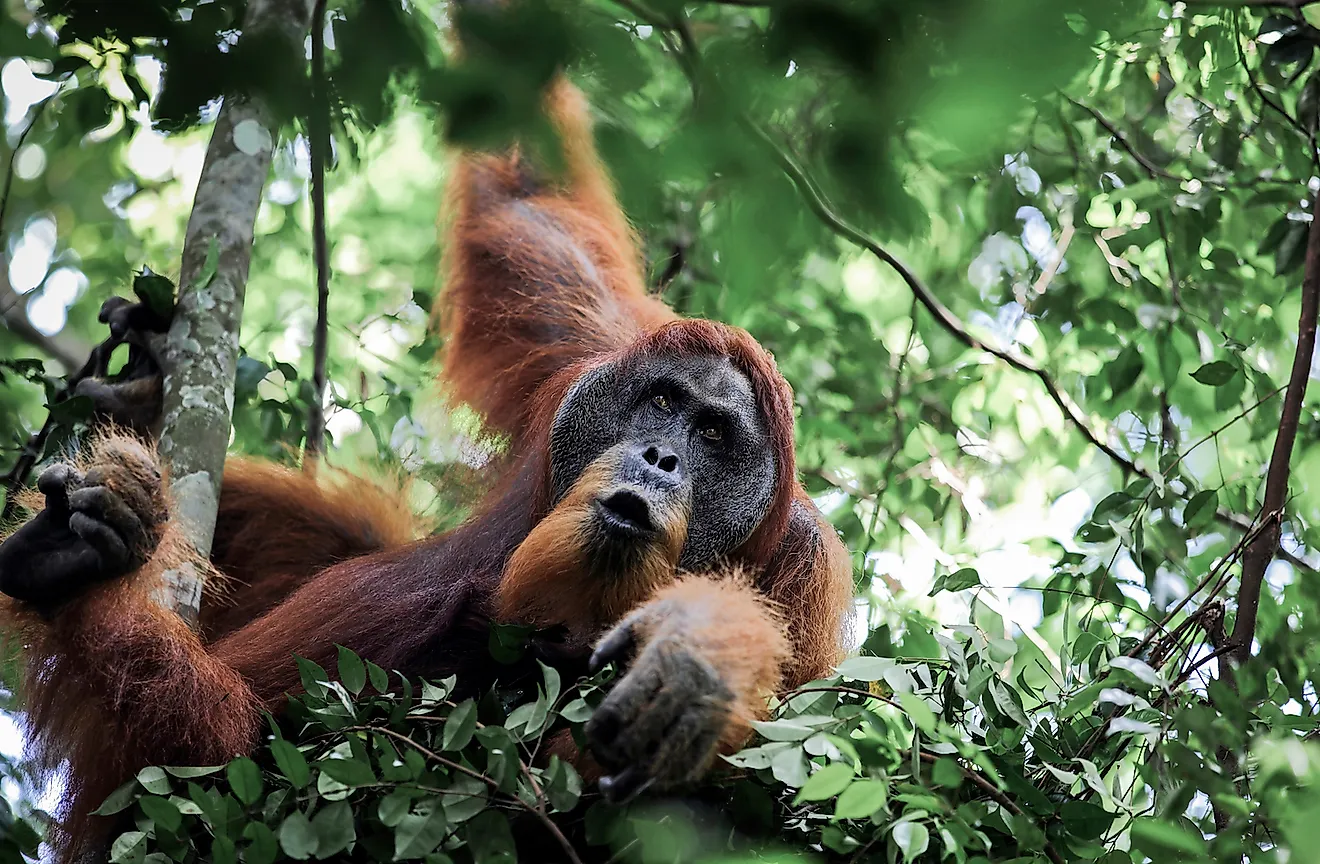
According to the Sumatran Orangutan Conservation Programme, Orangutans are arguably the most intelligent of the great apes and one of our closest relatives. They share around 96% of human DNA. These highly intelligent creatures found in the islands of Indonesia, can recognize themselves in the mirror and can be taught human sign language. Sadly there are only 14,000 of them left living in the forest today.
Javan Rhinoceros
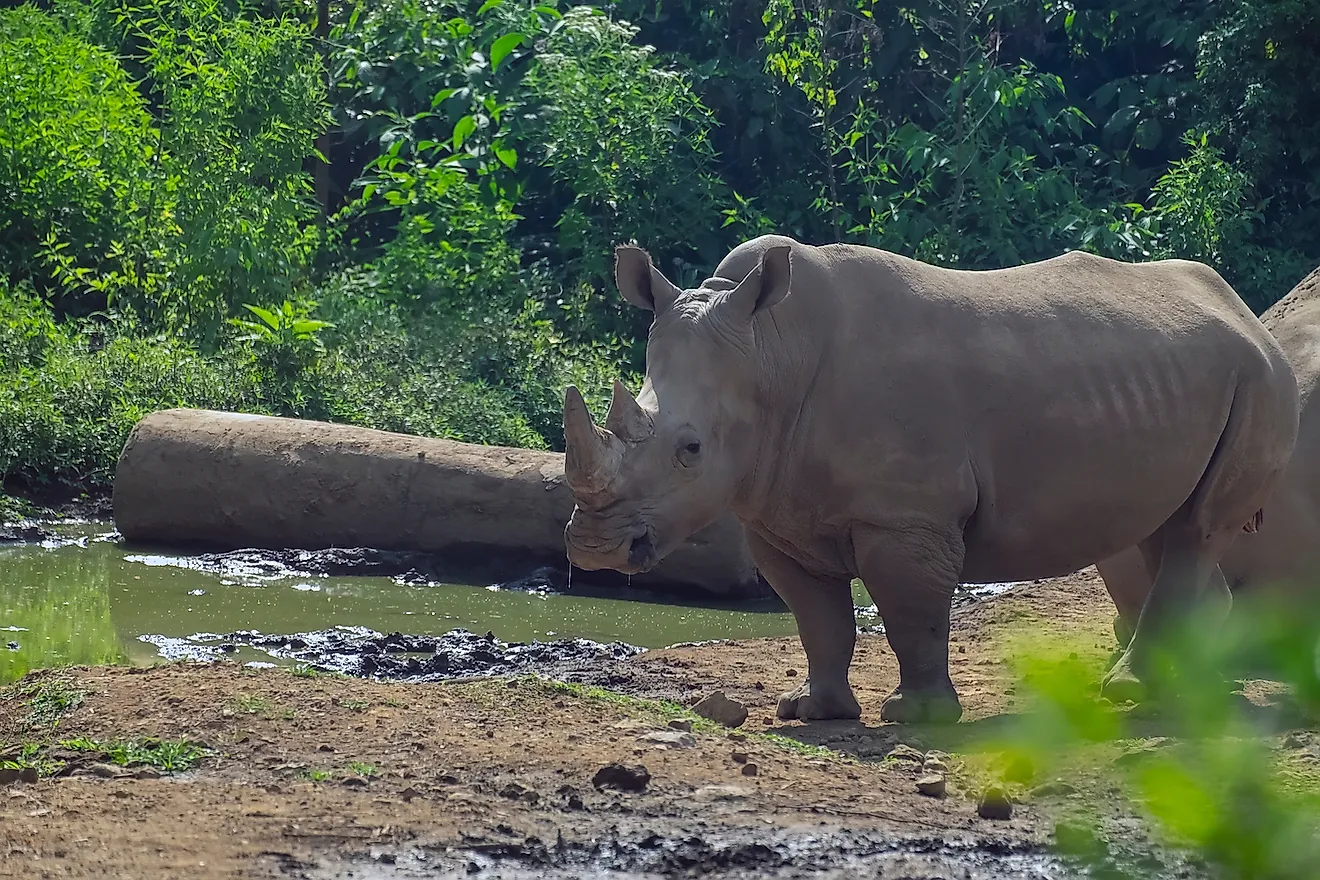
Also known as the one-horned rhino, these are the rarest type of rhinoceros and can only be found in Java, Indonesia. These ancient-looking animals have the smallest horns among the remaining five species in the world. Theirs are less than a foot in length and only male Javan rhinos have them. They are so rare that there are only around 70 rhinos left in Indonesia. They are considered critically endangered so they are closely being guarded by Rhino Protection Units in the country.
7. Bali Starlings
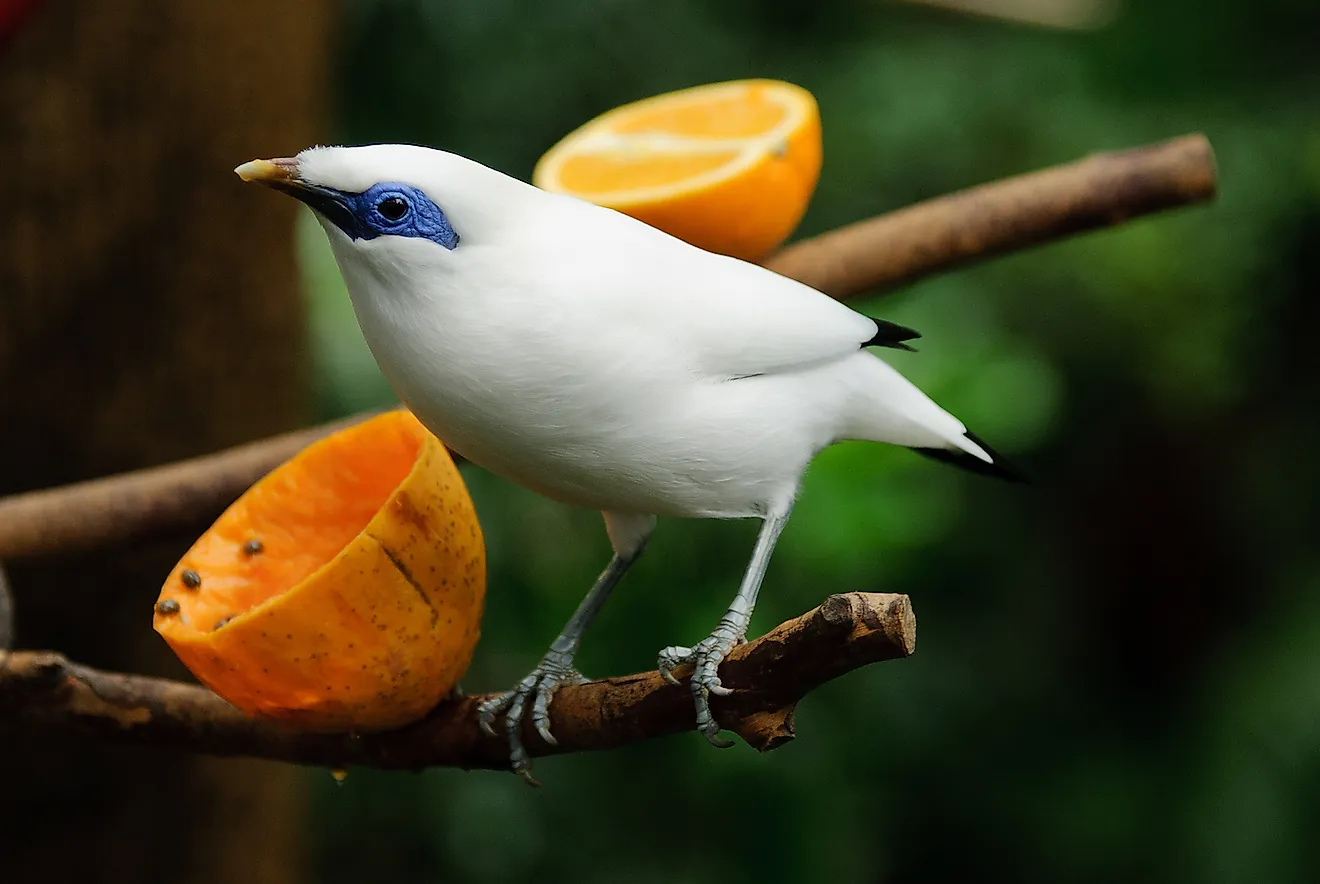
These beautifully enigmatic species of birds are known for their pure white plumage and distinct blue mask-like streak around their eyes. They are endemic to the island of Bali in Indonesia and are considered the second rarest bird in the world. Their rare beauty though made them prone to trafficking since they are prized by many bird collectors. Decades of poaching has pushed their species to the brink of extinction. They are now listed as critically endangered.
Anoa
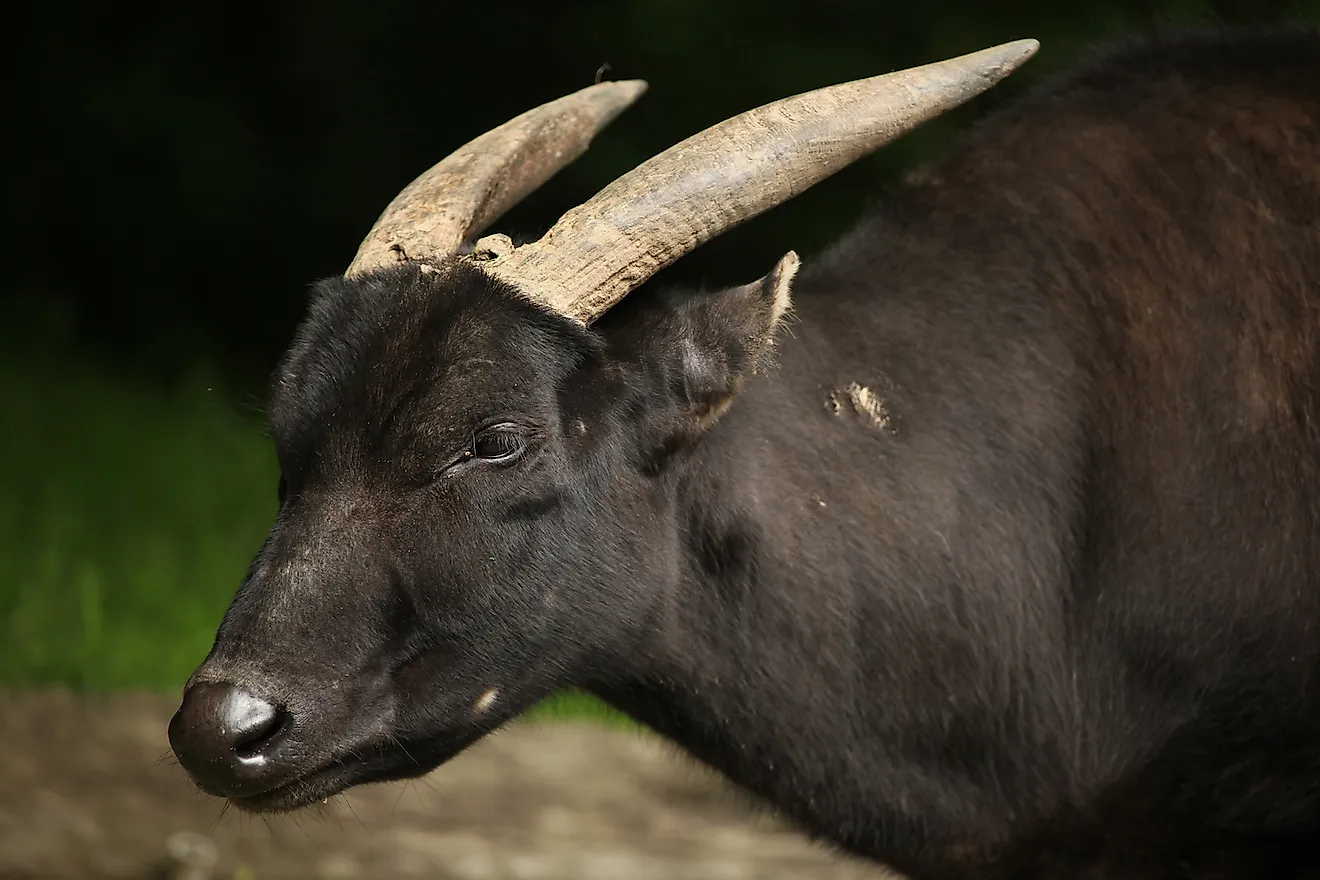
Another endangered animal that can be found in Indonesia is the Anoa also known as the dwarf buffalo called as such for its small size. They are tiny compared to their relatives at only 75 cm tall. Considered the smallest species of wild buffalo they live in the swamps and forests of Sulawesi Island in Indonesia. There are only less than 2,500 Anoas in the wild today. According to Action Indonesia Global Species Management Plan (GSMP), an organization dedicated to protecting endangered animals in Indonesia, the anoa is at an increased risk of becoming extinct due to habitat loss and hunting.
Maleo
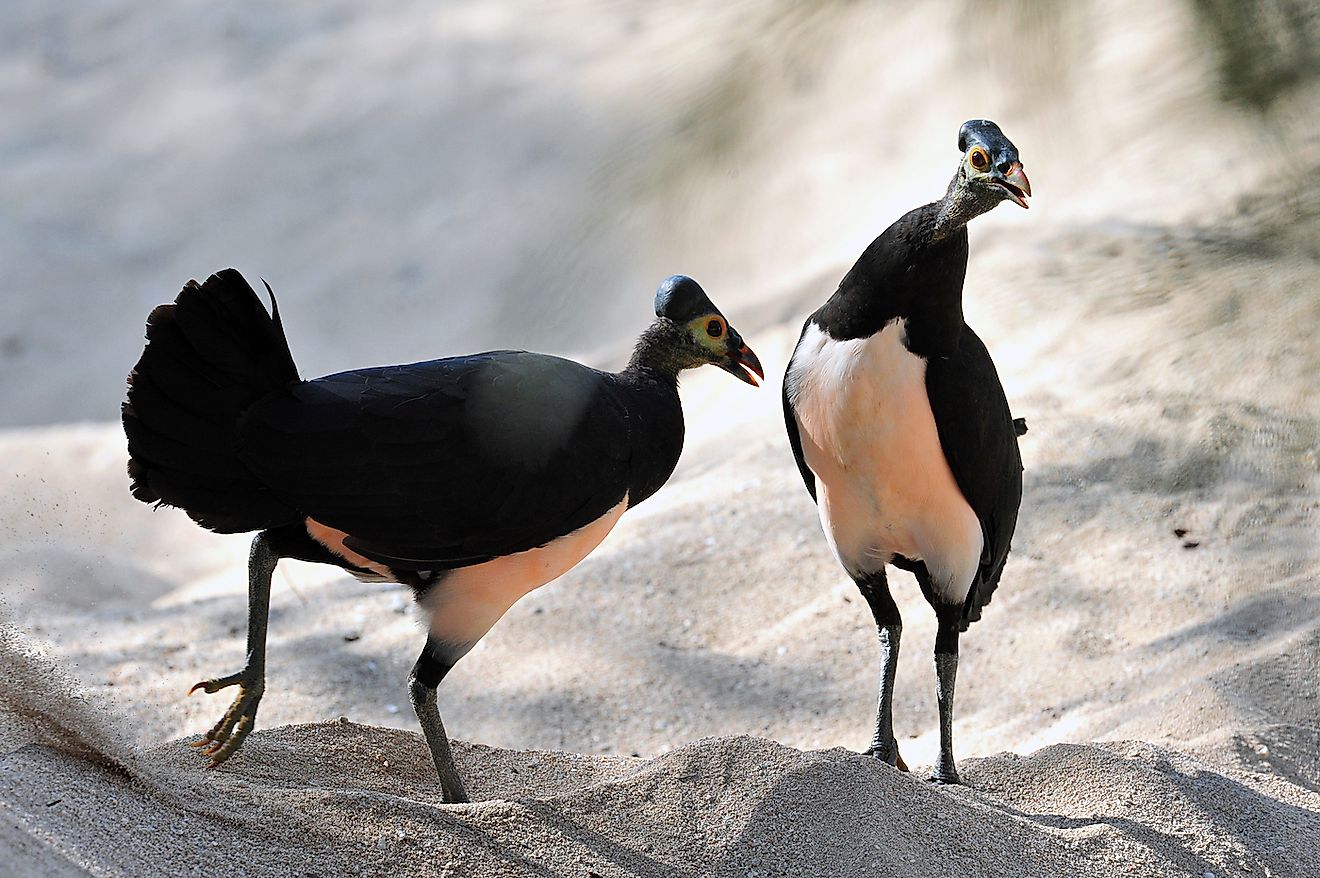
Endemic to Sulawesi, the maleo is a type of bird known for its distinct bony knob at the top of its head. They are very elusive and are more active at night. They usually lay their eggs in sandy soil that’s heated by geothermal activity. They don’t incubate their eggs but instead bury it in the sand to surround it with the geothermal heat from the ground. Due to deforestation and over-harvesting of their eggs, the maleo has been listed as endangered and thus is protected by Indonesian laws.
Babirusa
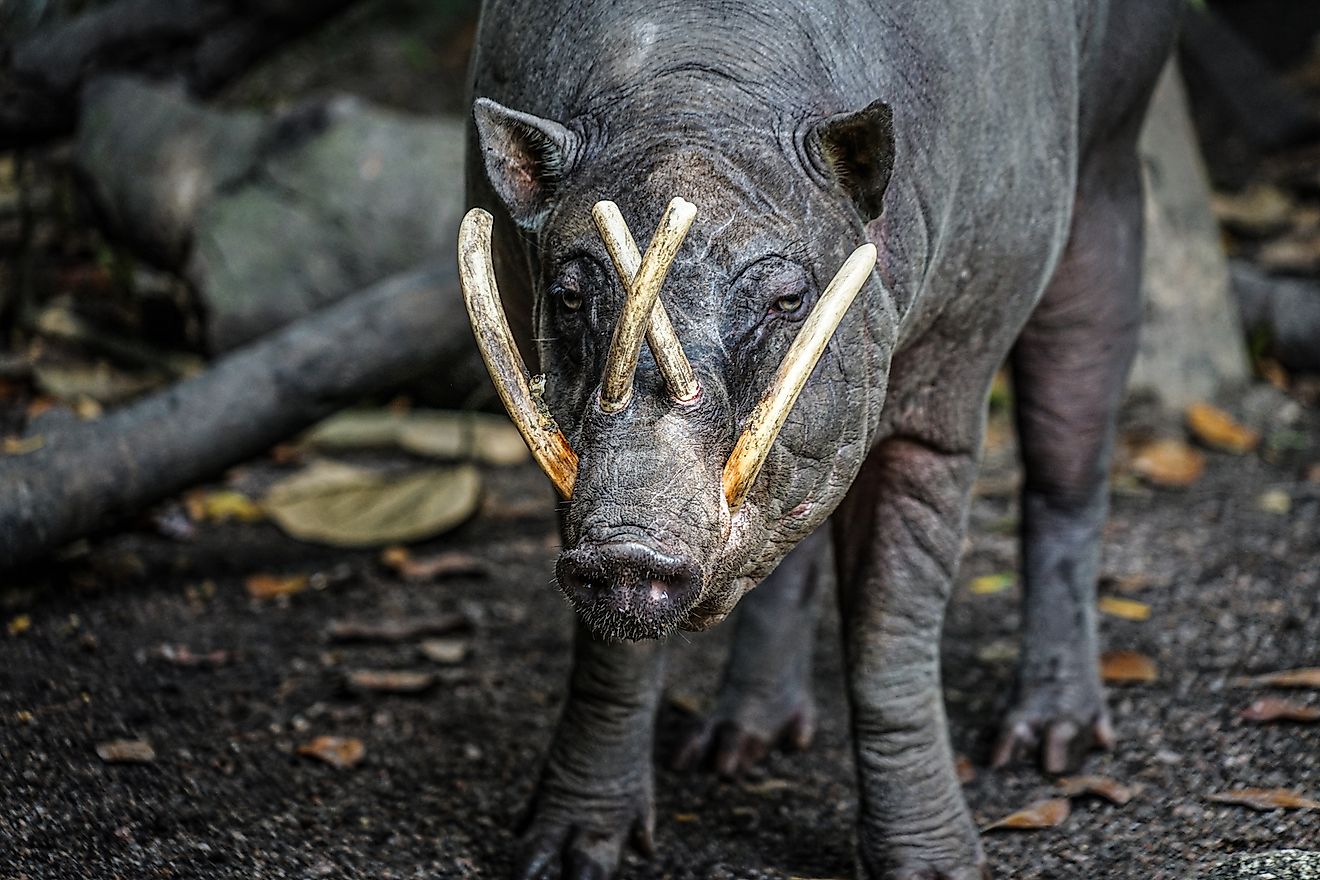
They look like a cross between a deer and a wild pig, thus the nickname deer-pig. This unusual-looking mammal has tusks cum canines that grow upwards from the roof of its mouth and then curve backward and can reach down enough to pierce its own skull. Babirusas live in Sulawesi, Togian, and Baru islands in Indonesia and are now endangered due to excessive hunting. Habitat loss has also made them more exposed to poachers who kill them for their meat.
Mahakam River Dolphin
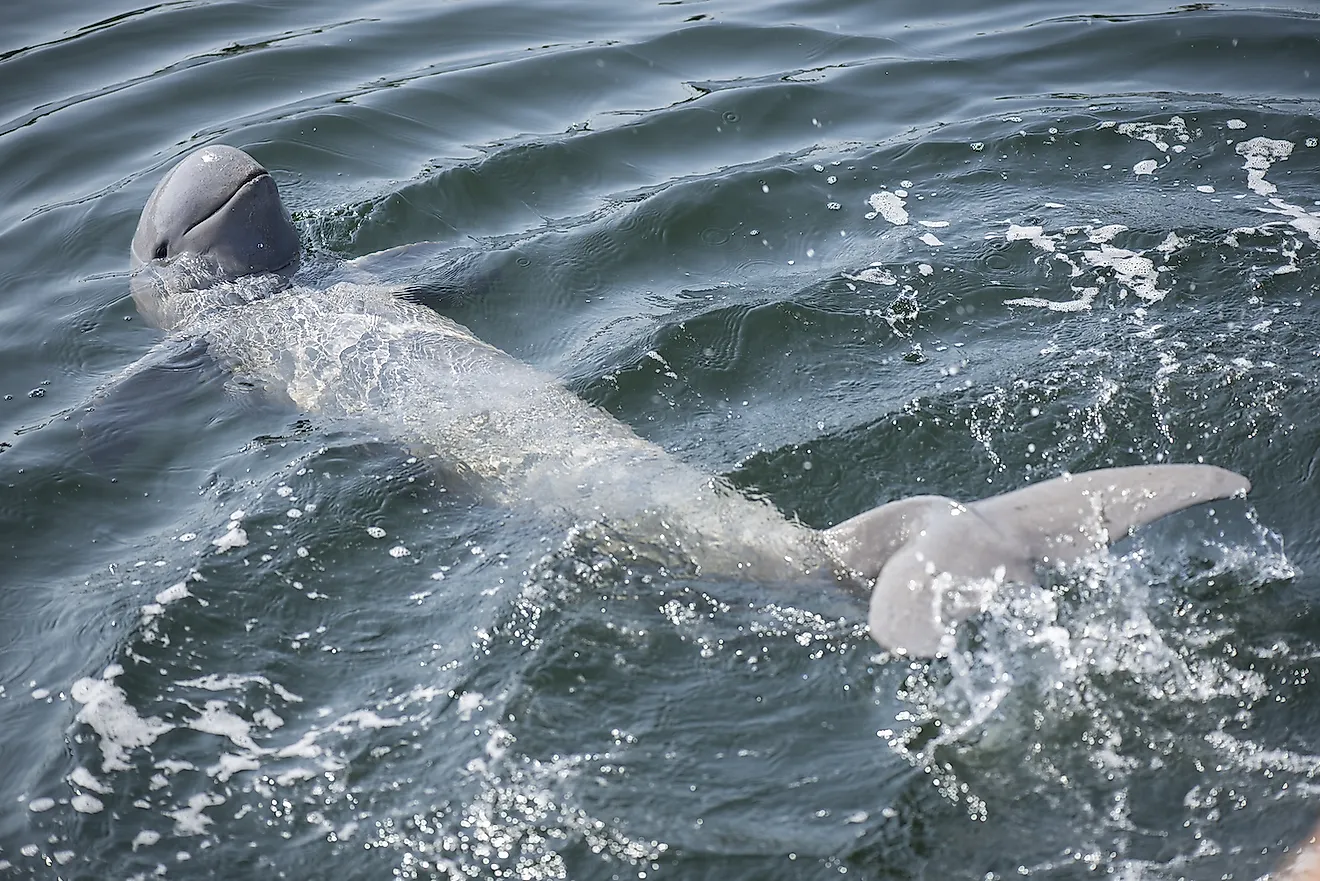
Locally known as Pesut Mahakam, these beautiful creatures, a unique population of Irrawady dolphins, are mostly found along the Mahakam River in Indonesia. They closely resemble a beluga whale with its short nose and bottle-shaped smooth body. Only around 80 dolphins are left living in Mahakam River today. The dwindling of their population is believed to be caused by habitat loss, fishing techniques such as gillnetting which can entangle and drown them, and underwater noise pollution from coal barges.
Sunda Clouded Leopard
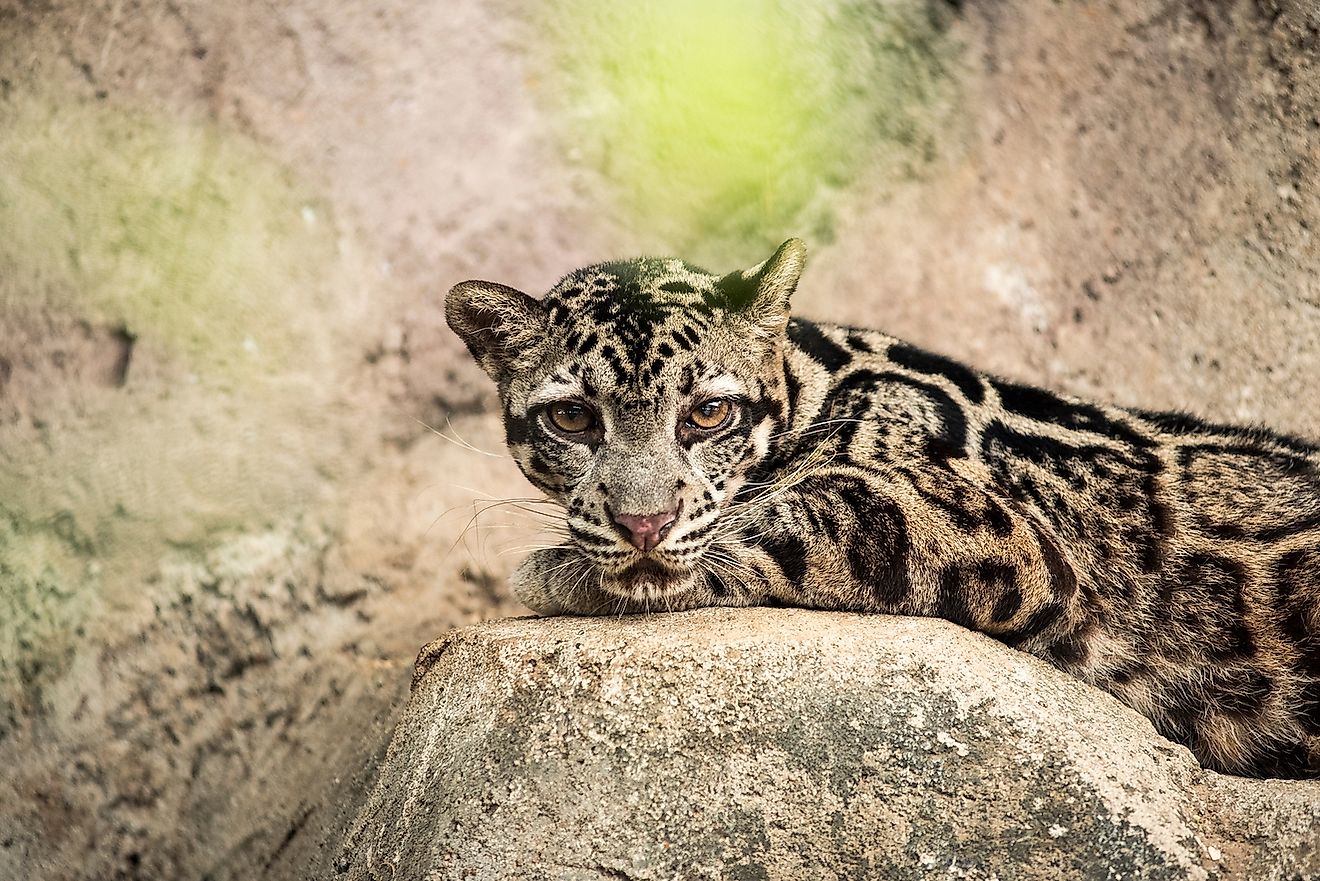
Found only in the islands of Borneo and Sumatra, these majestic cats are relatives of the mainland clouded leopard. The main difference lies in their spots, the Sunda clouded leopard’s skin is covered in spots that are larger and darker in color. They move silently from tree to tree in the forest and are abundant in hilly areas. Due to high deforestation rates in Borneo and Sumatra, they are now believed to be vulnerable to extinction too.
Sumatran Tiger
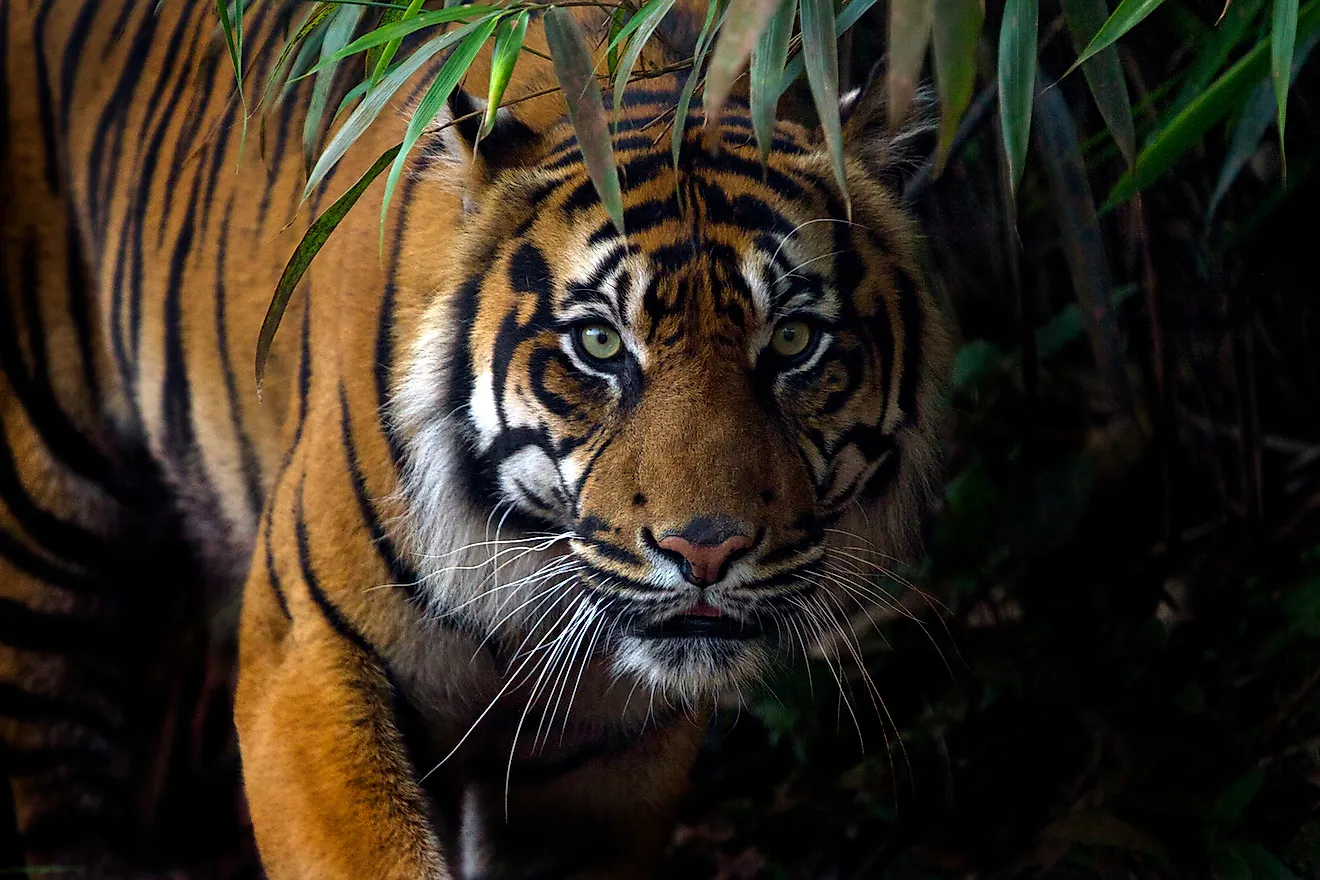
This ferocious animal is a subspecies of tiger that is native to Sumatra in Indonesia. Known to be the smallest tiger species they rarely go beyond 260 pounds. They have webbed toes they use to swim around rivers and fur that’s darker orange compared to other subspecies. Their stripes are also closer together and their distinctive beard is believed to help them navigate the dense vegetation in the tropical forest. Due to habitat loss and poaching, the Sumatran tiger is now critically endangered.


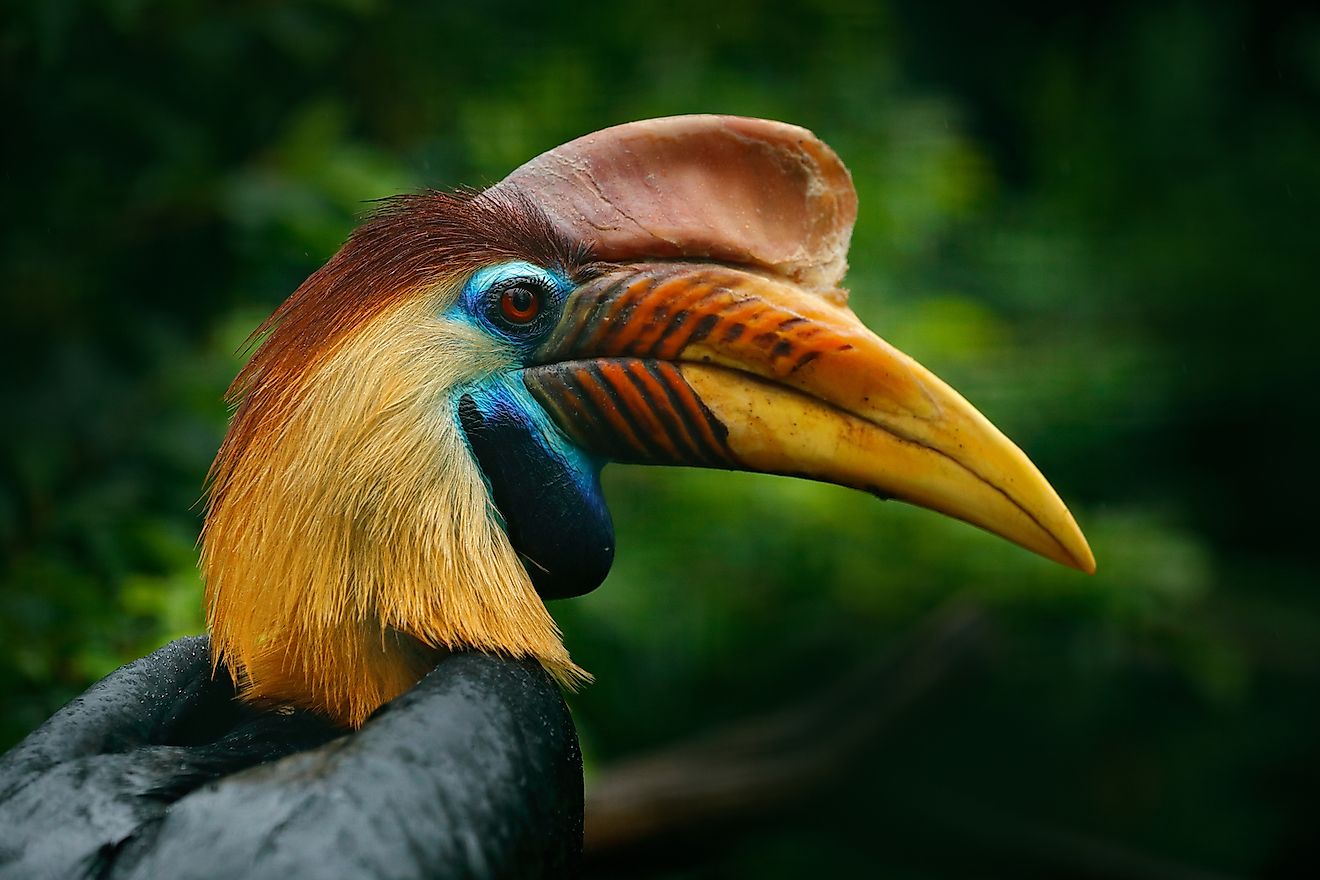

 Users Today : 236
Users Today : 236 Total views : 705652
Total views : 705652